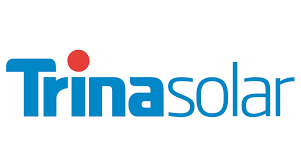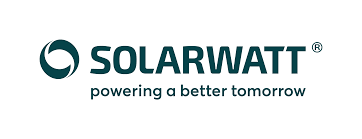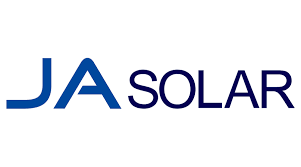It is an electronic part that solar panel systems use to capture solar energy. A grid tie inverter must be attached to the boards to convert solar panels’ direct current (DC) into alternating current (AC). Batteries are unnecessary for a grid system, and hydropower facilities, wind turbines. And connect solar panels to grid-tied inverters.
Grid Tie Inverter can convert current from 60 Hz to 50 Hz, often used for local electrical generators, into a suitable power grid frequency. A GTI can convert a solar panel array’s fluctuating voltage to AC synchronized with the mains. However, a GTI should be able to immediately cut off the electricity to power lines when the grid is down.
Different Types Of Grid-Tied Inverters
There are four types of grid tie inverters:
Central Inverters
They function similarly to string inverters but have a higher capacity range. It is appropriate for big solar farms and is resistant to environmental harm.
Micro Inverters
The newest and most sophisticated technological equipment directly converts DC to AC from the back of solar panels. The panels are not tinted because there are no strings attached. Micrometers provide customized monitoring solutions and can be expanded based on needs. These are pricey, but they work best for situations with limited space.
String Inverter
The most prevalent kind of grid-tied inverters are string inverters. Each string of a series-connected string inverter’s job is to change Direct Current (DC) into Alternating Current (AC). These inverters are dependable and affordable, ideal for tiny homes and commercial applications.
Standard Features Of Grid Tie Inverter
- Most power point tracking (MPPT) with high performance
- Management of intelligent monitoring
- Transferring power in reverse
- Complete isolation between input and output ensures electrical safety.
- stacked in several parallels
- Streamline upkeep (user-serviceable)
- Adaptable implementation
- Minimal operating and maintenance expenses
- Make use of the 433MHz wireless communication mode.
Common Application Of Hybrid Grid Tie Inverter
A grid-tie inverter is used to transform direct current (DC) into alternating current (AC), which can then be seamlessly integrated into an electrical power grid. The AC is typically 120 V RMS at 60 Hz or 240 V RMS at 50 Hz. Grid-tie inverters have applications in connecting the grid—and local power sources such as solar, wind, and hydroelectric power plants.
Advantages
- The greenhouse effect decreases when solar energy is applied.
- Only install the system once for a smooth operating system.
- Lower than electricity bills.
- Simple upkeep.
- Very easy to install and simple.
- It’s beneficial for small businesses.
Disadvantages
- Expensive but long-lasting.
- You need an extra battery to function at night.
- A large amount of room is needed for installation.
- Lacking sunlight, it can’t produce enough solar.




































